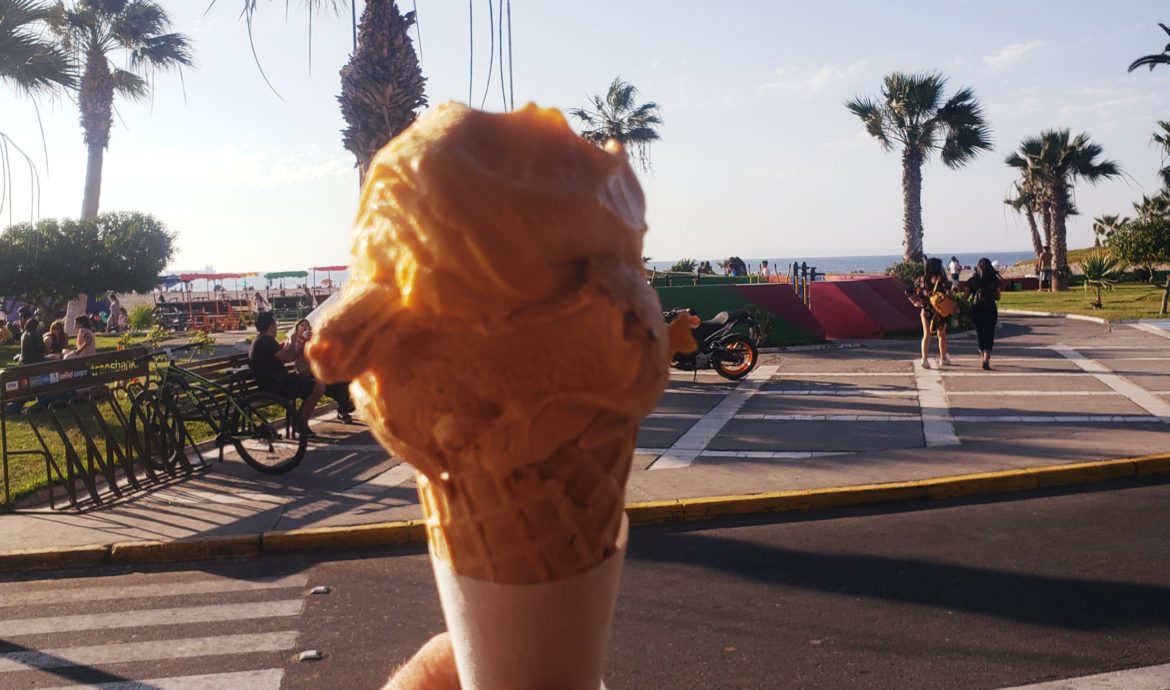
De vuelta al primero mundo
ChilePreface: to those who read the previous post on Bolivia, the following may seem like an interruption in the chain of events. This is because the next days literally interrupted the logical progression of the journey – after pedaling slowly across the continent for five months, I impulsively took a bus that abruptly moved me from the rolling green farmland of Lake Titicaca to the arid coastal desert. I’ll come back to Bolivia, both topically and literally, in the upcoming posts, after the diversion to the Chilean coast.
Thirty miles of coastal desert separate the cities of Tacna, Perú, and Arica, Chile. But when I pedaled into Arica, I felt like I must have traveled much further.
A six-lane paved highway led into town, bordered by sidewalks and a bicycle path, opposite a frontage road. Bright paint and numerous signs signaled lanes intended to merge, exit, and other traffic instructions. Stoplights and stop signs moderated traffic at each intersection, and the drivers even obeyed them.
So much logic! So much order! What happened to the chaos of Tacna’s congested spiderweb of streets? What happened to the collectivos honking at each other as a proxy for an actual turn signal? What happened to noisy motorbikes winding their way through traffic?
I turned onto a residential street where small, single-story homes sat on fenced-in plots with manicured yards and gardens. Urban planning! Zoning! Aesthetic appeal!
Looking closer, I noticed something strange about the street — parked cars! Not collectivos and taxis, not trucks and busses, but shiny new Nissans and Peugots and Subarus that appeared to be the personal property of the people who lived in the little houses. But where did they come from?
The residential street led me to a beach, where a boardwalk wound its way in deliberate and unnecessary curves around palm trees and ice cream vendors. Chilenos lined up outside beachfront cafes and surf shops, enjoying the desert sunshine. But where is the litter that should be adorning the edges of the paths? Had I suddenly been transported tens of thousands of miles north to Santa Monica? Or was I still only a few miles from Perú?
A few blocks away from the beach, I found a shiny new mall with a giant food court. A little train shuttled children through the pleasantly air conditioned corridors while their parents shopped. Stores strategically catered to specific demographics or products, as opposed to the chaotic markets in Perú with millions of adjacent knick-knacks and no apparent organization.
Across the street from the mall was a grocery store. A real grocery store, not just a minimarket where you have to ask someone behind a counter for every item that you want. The aisles stocked beautiful, familiar products that I’ve craved for my camp meals since I left the US. Nutella! Peanut butter! Tortillas! Salami! Blocks of hard white cheddar cheese! Triscuits! Even my favorite niche brand of kettle-cooked potato chips from Colorado, Boulder Chips Malt Vinegar and Seal Salt!!!
An enormous hardware store similar to Home Depot lay next to the grocery store, where I could find any tool I could imagine needing for my bike! Not that I needed to go there, because I found four high-end bike shops only several blocks away. I chose among several options of wide 29-inch diameter mountain bike tires, dimensions rarely found in Perú.
What was with all these commercial options? Why was it all so easy? Arica wasn’t any bigger than Tacna. And they were close enough to be considered the same metropolitan area, if they had been in the same country. Yet, Arica had neatly arranged everything I needed, whereas Tacna had stressed me out just finding my hotel.
I had been really ready to leave Perú. After three months in the country, despite the captivating culture and majestic mountains, my fragile American sensibilities craved a higher standard of living. A return to normalcy. On the eight-hour bus ride that I had impulsively taken to Tacna from the Bolivian border, we had stopped at a rest stop of sorts — a couple shacks selling candies and boiled potatoes. Bathrooms? None to be seen, although I walked a hundred meters or so to the nearest bush to discreetly handle my business. Meanwhile, other passengers took care of their business immediately outside the bus without regard for the surroundings. I walked back to the bus dodging a dozen squatted women in ankle-length skirts, simply pulled back from their bum. The men exhibited even less regard for decency, pulling their not-so-private parts in any which direction but having moved hardly inches from the bus and the food stands.
This last memory of Perú lay entrenched in my memory as a bartender in Arica curled a cucumber slice and skewered it with a toothpick, dunking it in a gin and tonic for the person next to me as he handed me a craft IPA in a restaurant at the mall.
“¿Por qué ya viene a Chile?” he asked me.
“¿Por qué no?”
“Chile está muy malo,” the bartender warned me — the same words I had heard entering Bolivia.
True, protests had erupted in Chile’s capital city, Santiago, around the same time as they had in Bolivia, and I’d been following the news carefully. Only two days prior to my arrival, the protesters had burned a grocery store in Arica — a store just like one where I had marveled at the selection of Nutella and white cheddar cheese. While the protests in the two countries presented similar impediments to my bike route, the protests in Chile reflected a different angst than those in Bolivia, which were aimed at the failure of the electoral process. The protests in Chile denounced inequality, capitalism and the commercial establishments at which I’d gawked when arriving in Arica.
Chile soared to economic wealth in the 1980s, after Augusto Pinochet’s dictatorship adopted a neoliberal economic framework proposed by US educated advisors. Under the power of free markets and foreign investment. At face value, anybody entering Chile, as I had in Arica, can’t help but gawk at the rapid progress that Chile has made compared to its neighbors.
Nevertheless, as of 2020, many in the country feel that the economic progress has left them behind. These Chileans feel that their wages and pensions are insufficient to afford the high cost of living that comes with economic growth. That much was clear from the bill the bartender gave me several minutes later: $20 for a pizza and a beer. I might as well be in Santa Monica!
Leaving the woeful economic condition of people in the mountains of Perú and arriving in this clean, orderly, commercial metropolis, I found it hard to sympathize with the protestors, initially. Why would they burn down a supermarket? I thought — that will only drive up prices further when the grocery chain has to recover their losses! Even if Chile’s working class is struggling, their situation is better than that of their counterparts in Perú. Are they just resentful because they can see what they don’t have in the prosperous middle class?
But I bit my tongue for the time being. I knew that my instinctive opinions and my affinity to the comforts of Arica were driven by a privileged upper class upbringing and a neoliberal education in economics, not to mention my ability to afford the items in the mall. After only spending one day in Chile, I couldn’t judge those who felt much differently than I when they saw the shiny new malls, the high end bike shops, and the expensive brand-name products in the grocery stores.
Still, I couldn’t help but smile when a teenager cruised past me in a shiny black Jeep Wrangler, joyriding with the top down and blasting Drake’s “Hotline Bling.” Something that I would never see in Perú.
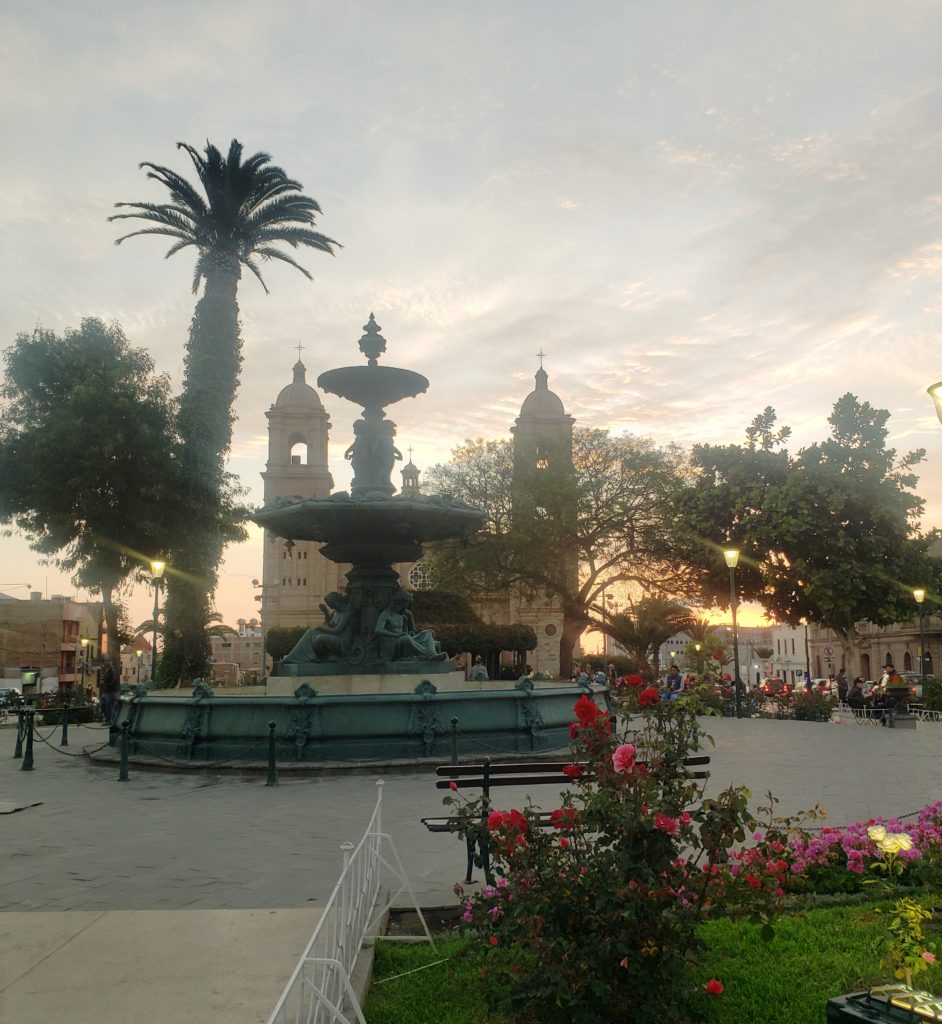
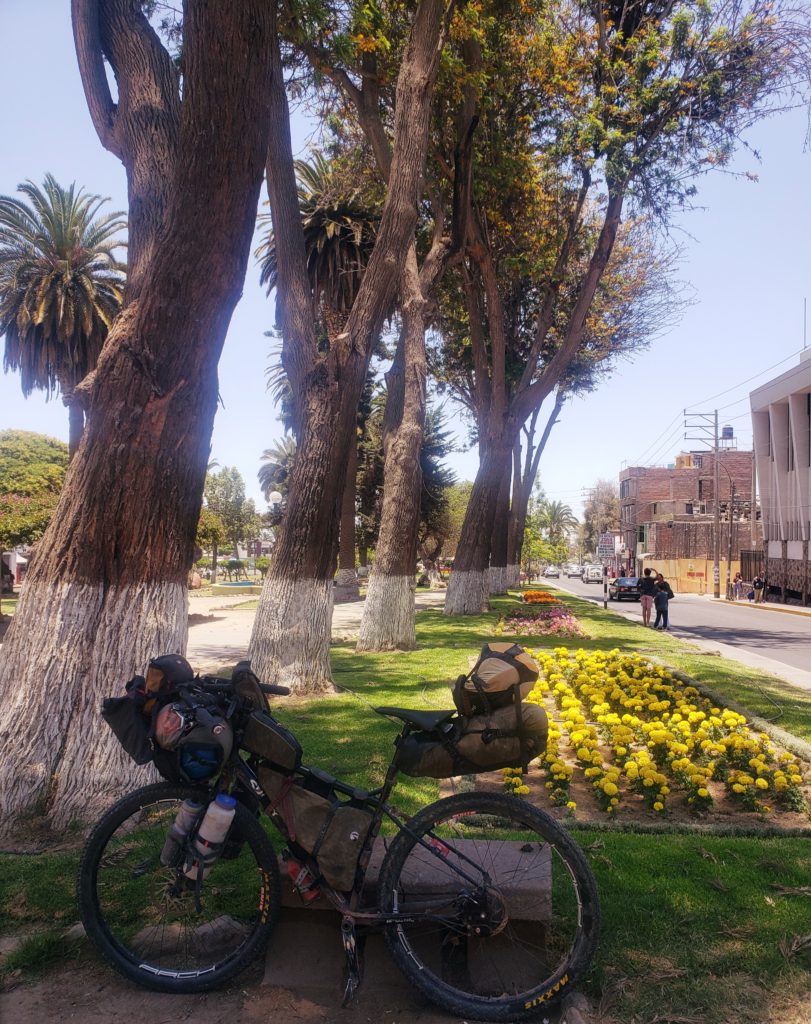
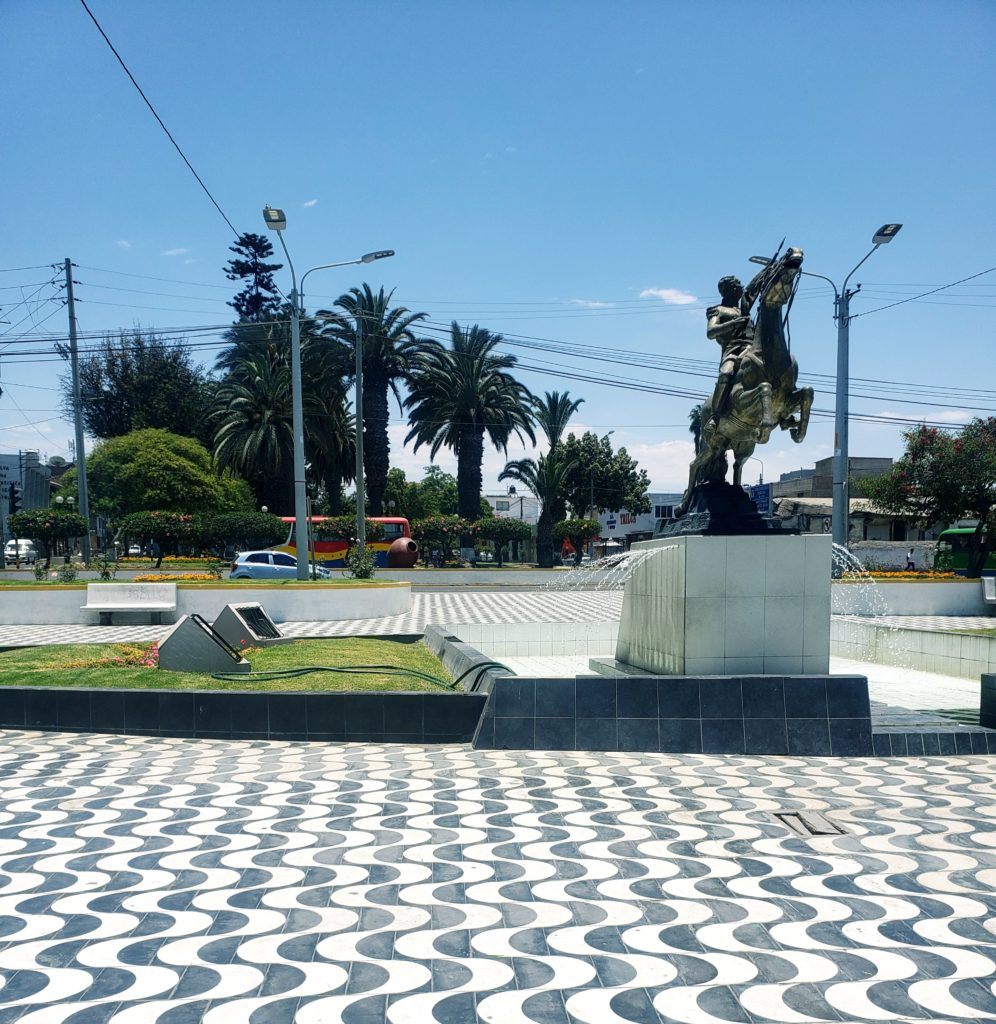
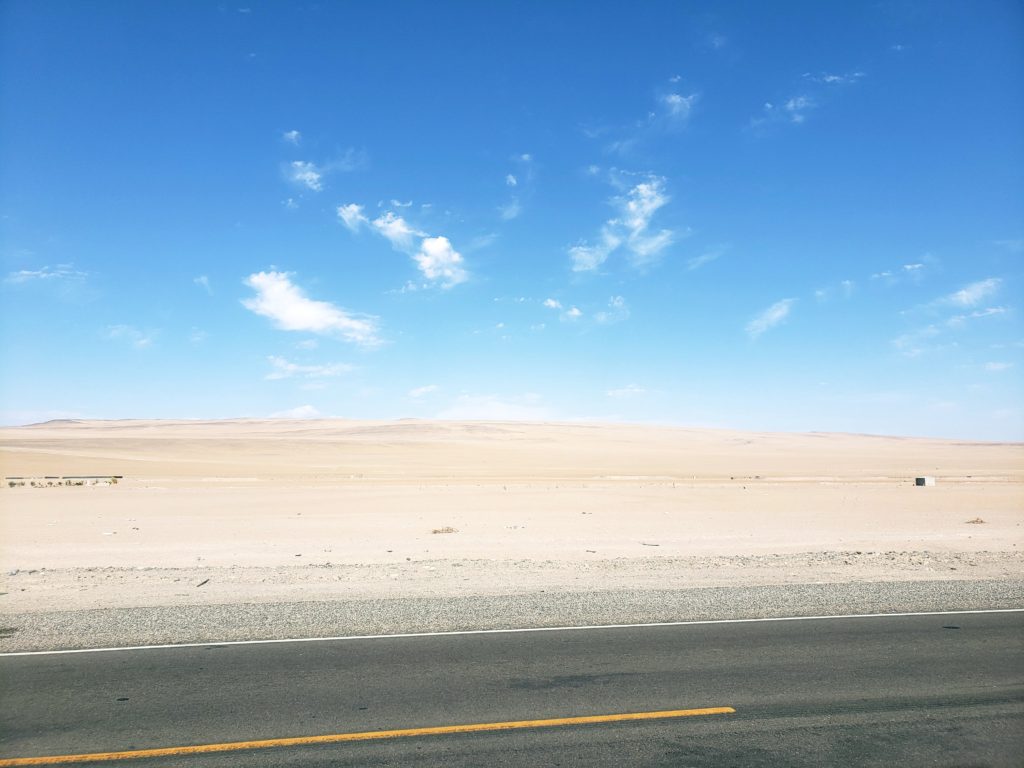
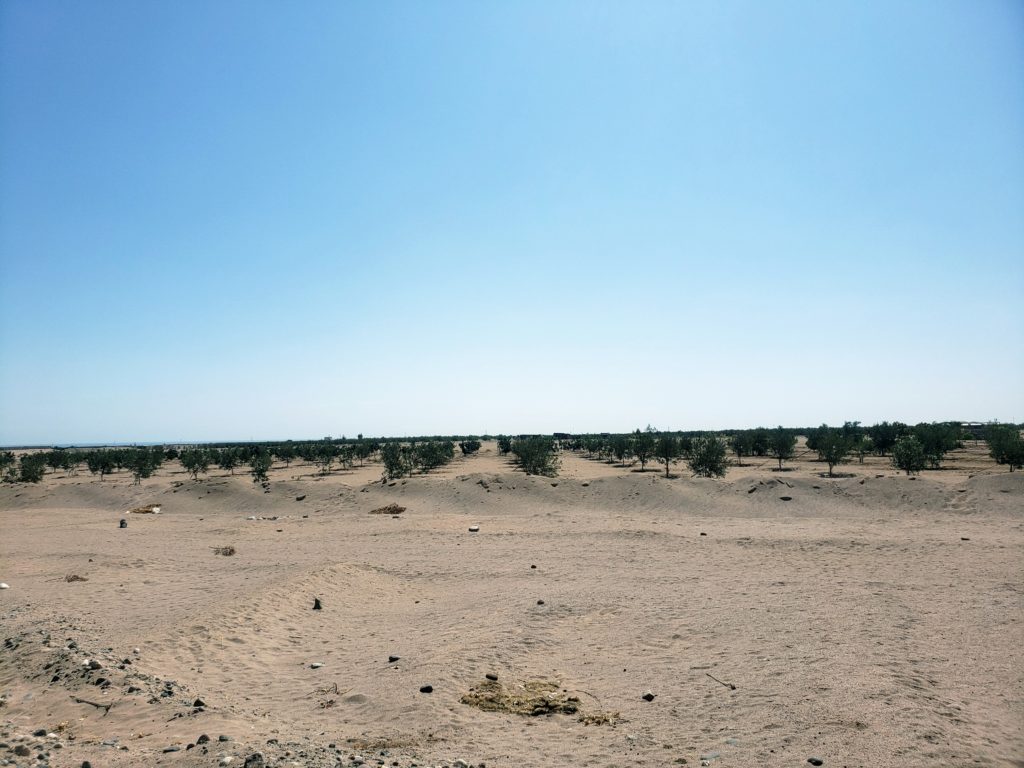
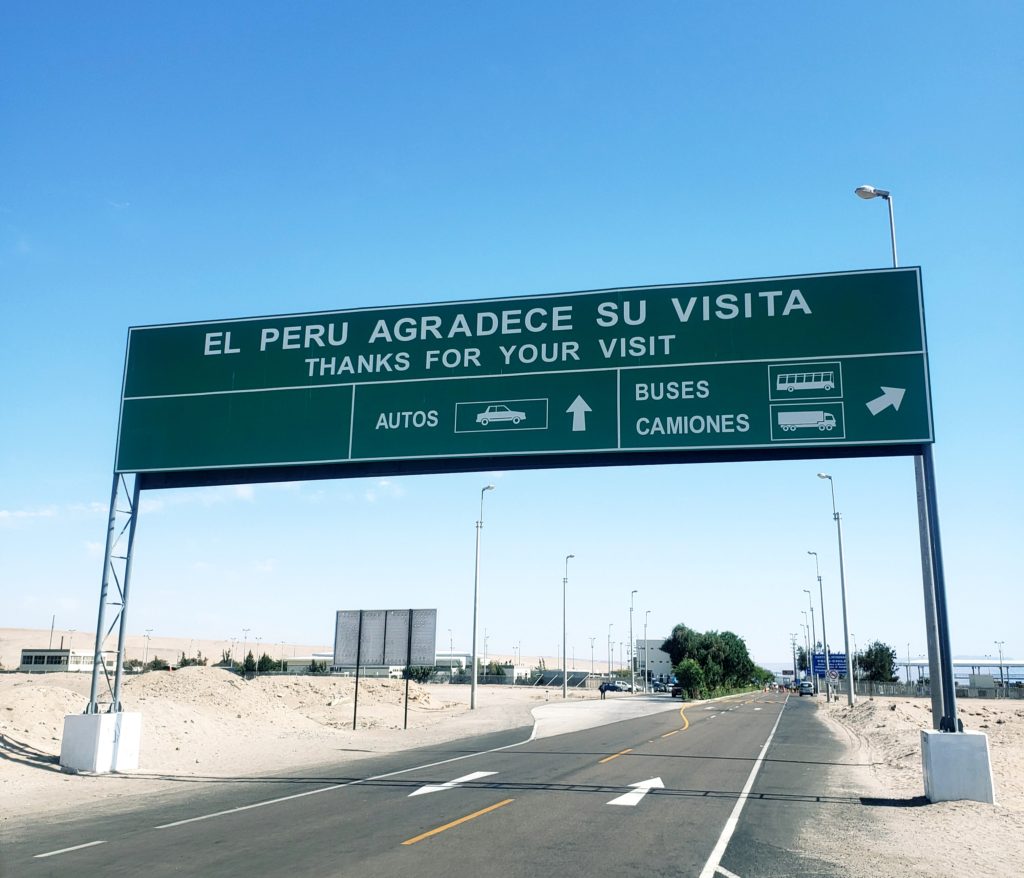
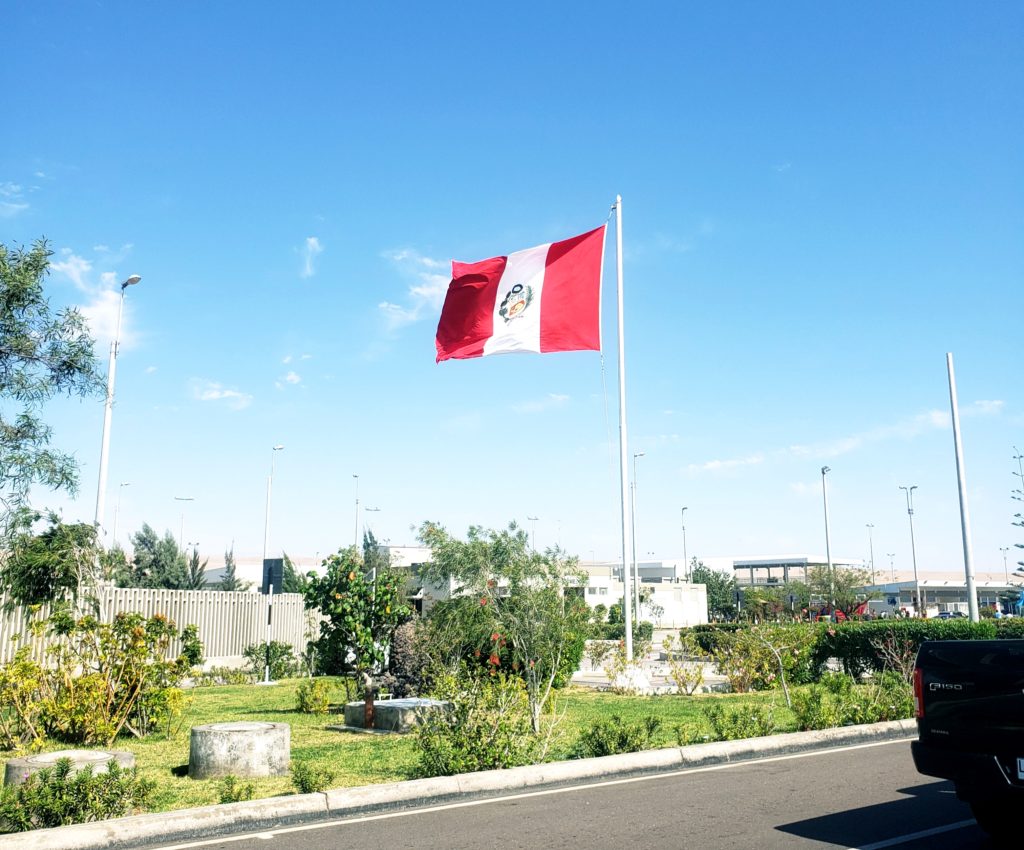
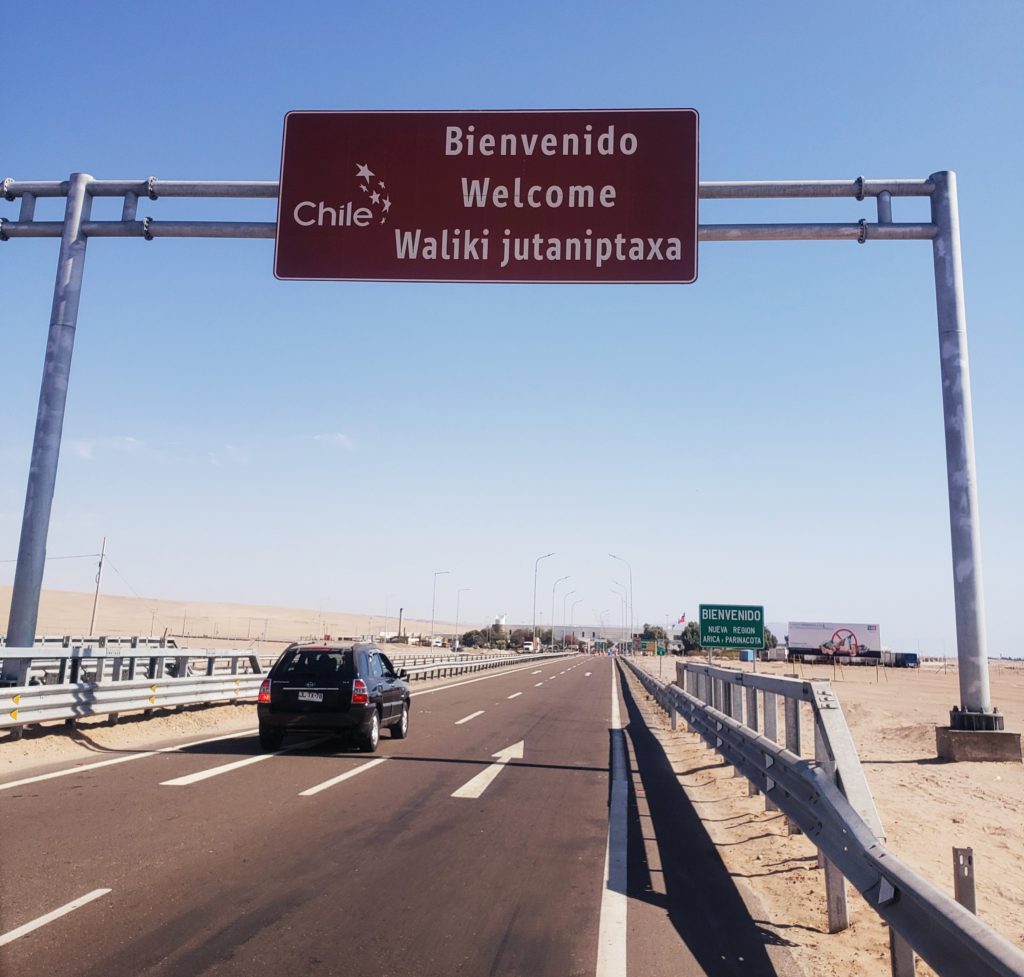
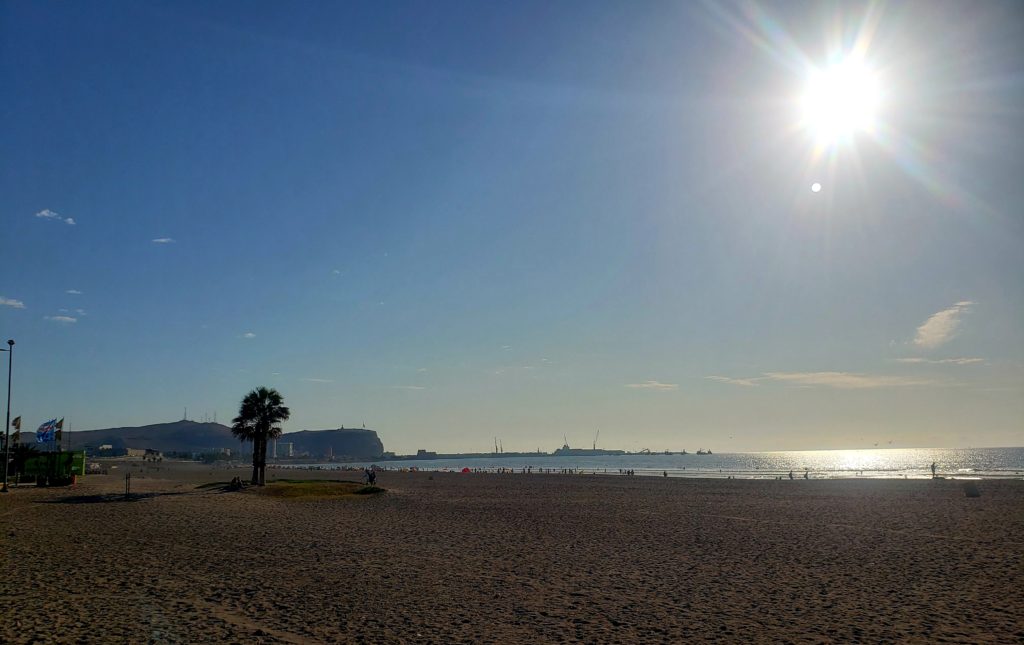
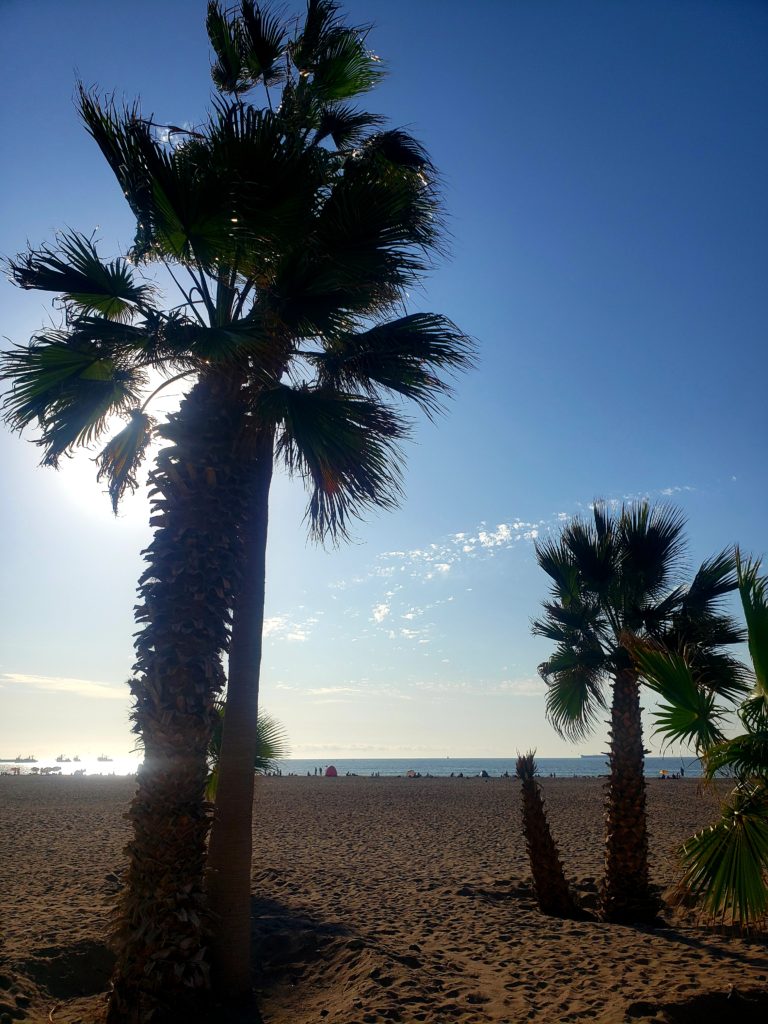
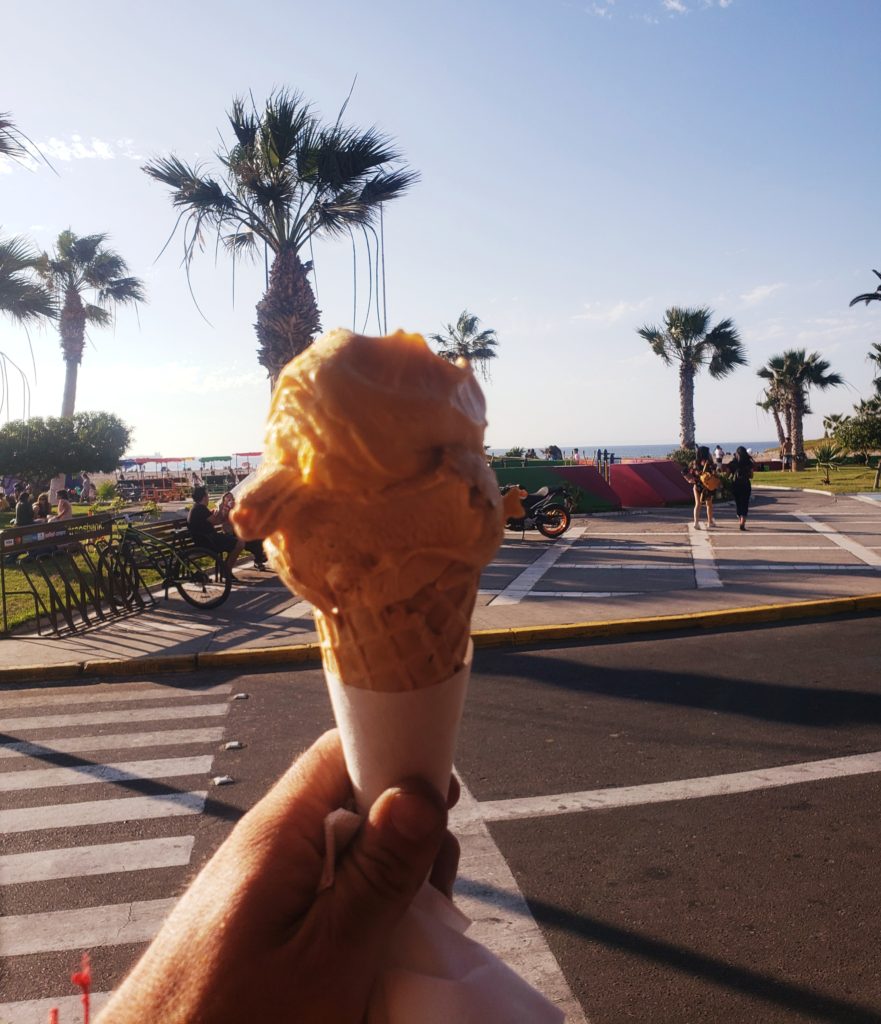
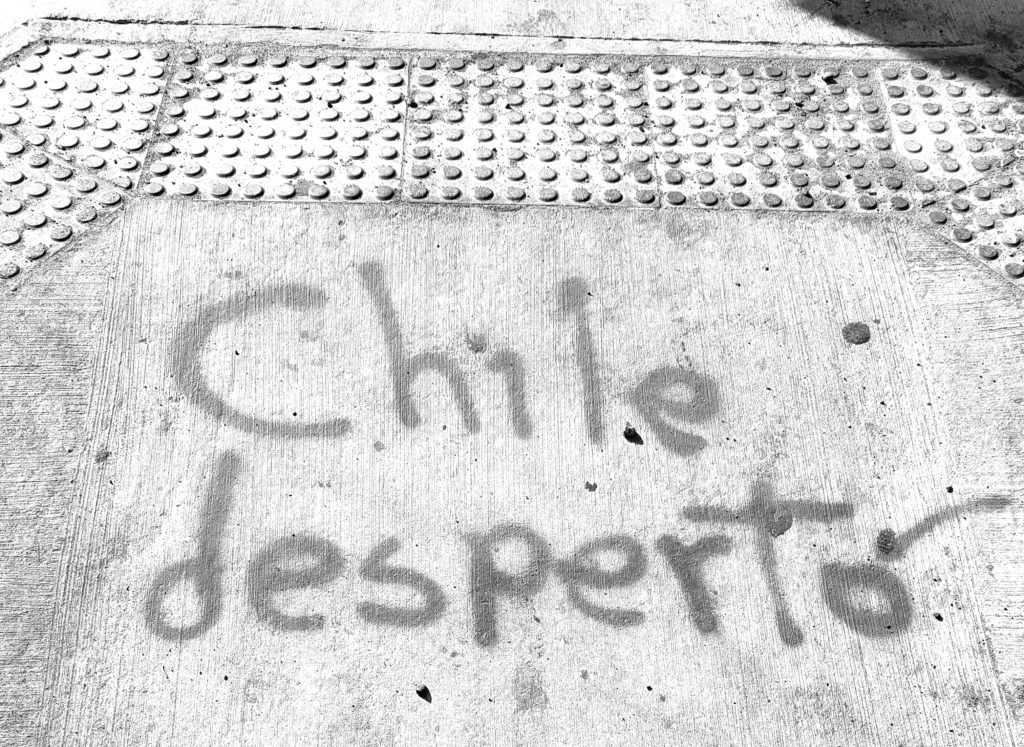
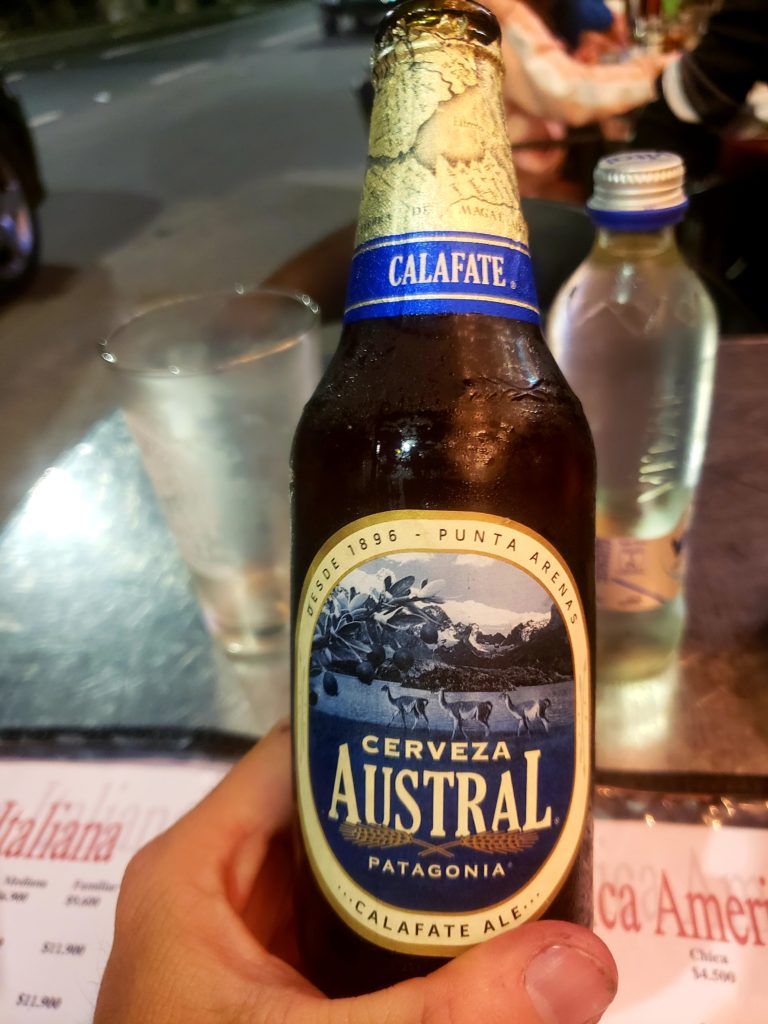
Archives
Calendar
| M | T | W | T | F | S | S |
|---|---|---|---|---|---|---|
| « Mar | ||||||
| 1 | 2 | 3 | 4 | |||
| 5 | 6 | 7 | 8 | 9 | 10 | 11 |
| 12 | 13 | 14 | 15 | 16 | 17 | 18 |
| 19 | 20 | 21 | 22 | 23 | 24 | 25 |
| 26 | 27 | 28 | 29 | 30 | 31 | |